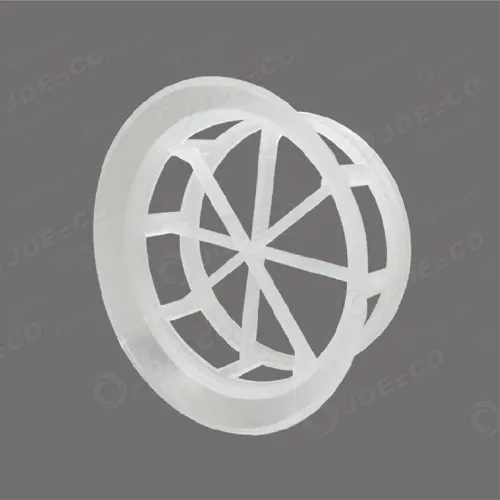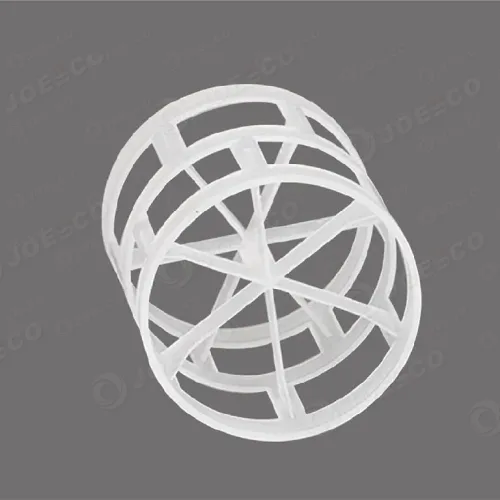Energy infrastructure—power plants, substations, refineries, and renewable sites—faces escalating threats from climate disasters, sabotage, and accidental explosions. JOESCO’s HESCO barriers deliver military-proven protection for the energy sector, deploying in hours to shield assets from 3m flood surges, vehicle impacts, and blast fragmentation. With modular designs exceeding ASTM F2656 standards, these galvanized steel mesh systems allow energy operators to fortify facilities without permanent construction, minimizing downtime during emergencies. This guide explores how nuclear, oil, gas, and renewable energy projects globally leverage HESCO technology for resilient, cost-effective risk mitigation.

Why Energy Companies Choose HESCO Barriers
- Rapid Response to Disasters
Deploy 100m of flood or blast walls in under 4 hours using excavators and on-site materials like sand or gravel. During Hurricane Ian (2024), Florida power plants used HESCO units to encircle substations before storm surges hit, preventing $200M in grid damage. - Multi-Threat Protection
- Flood Defense: Terraced barriers withstand 3.5m/s water flow (e.g., protecting Saudi oil pumps from flash floods).
- Blast Containment: Absorb 15psi overpressure from transformer explosions (tested at DOE facilities).
- Security Perimeter: Stop 7.5-ton vehicles at 50mph—critical for LNG terminals and nuclear sites.
- Regulatory Compliance
Meet FERC, NERC, and IAEA requirements for physical protection of critical infrastructure. HESCO’s engineered designs include documentation for audit trails.
Energy-Specific Barrier Applications
1. Power Plant & Substation Security
- Transformer Explosion Shields: Stacked QS-7 barriers (2.21m height) contain oil fires and shrapnel from ruptured transformers.
- Switchyard Perimeter: Low-profile QS-2 units (0.61m) prevent vehicle ramming while allowing operator sightlines.
2. Renewable Energy Site Protection
- Solar Farm Flood Control: QS-3 barriers divert stormwater from panel arrays, reducing erosion-induced misalignment.
- Hydroelectric Dam Reinforcement: Curved barriers brace embankments during overflow events (e.g., used on Three Gorges Dam auxiliary channels).
3. Oil & Gas Facility Fortification
- Refinery Blast Walls: HESCO units filled with slag absorb 100kg TNT-equivalent explosions (API Std 752 compliance).
- Pipeline Valve Protection: Vault enclosures resist vandalism and debris impact in remote locations.
Technical Specifications for Energy Sector Barriers
| Model | Height | Fill Thickness | Energy Application | Certification |
|---|---|---|---|---|
| QS-2 | 0.61m | 1.2m | Substation vehicle barriers | ASTM F2656-07 |
| QS-7 | 2.21m | 1.5m | Transformer blast containment | DOE STD-1214 |
| QS-10 | 2.74m | 1.8m | LNG plant perimeter | NFPA 59A |
| QS-12 | 2.13m | 2.0m | Coastal nuclear plant flood defense | NRC RG 5.46 |
All barriers use Galfan-coated steel (Zn-5%Al) resisting corrosion from chemical spills or saltwater.
Case Study: Protecting Texas LNG Terminal from Storm Surge
Challenge: A 2024 hurricane threatened to inundate liquefaction trains with 2.5m surges.
Solution:
- Deployed 1.2km of QS-10 barriers in 8 hours using terminal’s gravel stockpile.
- Angled barriers at 30° to deflect wave energy.
Result: Zero facility damage despite 3m water levels; barriers reused for construction site security post-storm.
Cost-Benefit Analysis vs. Traditional Methods
| Factor | HESCO Barriers | Concrete Walls |
|---|---|---|
| Installation Time | 4 hours per 100m | 3+ weeks (curing) |
| Flood Protection | Immediate (fill with local material) | Requires drainage engineering |
| Blast Adaptability | Modify fill (e.g., rubber crumb for fragmentation) | Fixed design |
| Lifecycle Cost | $55/linear meter (10-year reuse) | $220/linear meter (single-use) |
Regulatory Compliance Support
- NERC CIP-014: Documentation for physical security perimeter upgrades.
- OSHA 1910.119: Barrier ratings for process safety management (explosion containment).
- FERC Dam Safety: Erosion control approvals for hydroelectric projects.
Deployment Protocol for Energy Emergencies
- Risk Assessment
- UAV survey to map flood zones or blast radii around assets.
- Barrier Selection
- Choose height based on threat: 1.5m for flooding, 2.2m for blasts/vehicles.
- Fast Installation
- Lay geotextile foundation on soft soils (e.g., marshland around pipelines).
- Fill with on-site materials: sand (floods), slag (blasts), or gravel (permanent sites).
JOESCO’s Energy Sector Innovations
- SmartMesh Sensors: IoT-enabled barriers alert operators to impacts or leaks via SCADA integration.
- Chemical-Resistant Liners: PTFE-coated geotextiles for refinery acid spill protection.
- Modular Foundations: Bolt-on bases for rocky terrain where driving anchors is impossible.
Global Energy Project References
- Canada: Tar sands sites use HESCO for tailings pond breach containment.
- Germany: Solar parks deploy barriers to prevent hail damage to inverter stations.
- Japan: Nuclear plants install tsunami walls with 4m stacked barriers.




